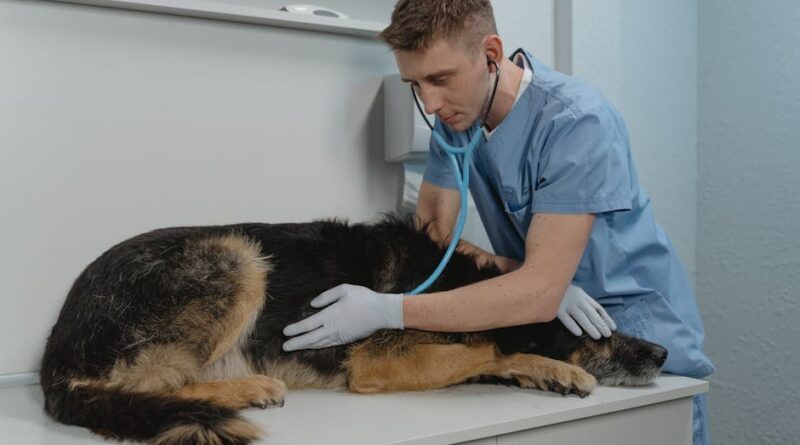Preparing Your Dog for a Vet Visit: A Comprehensive Guide
For many pet owners, taking their furry friend to the vet can be a stressful experience. Whether it’s for a routine check-up or a specific health concern, preparing your dog for a vet visit is crucial in ensuring a smooth and successful appointment. From reducing anxiety to ensuring your dog’s comfort, there are various steps you can take to make the vet visit a positive experience for both you and your canine companion.
The Importance of Proper Preparation
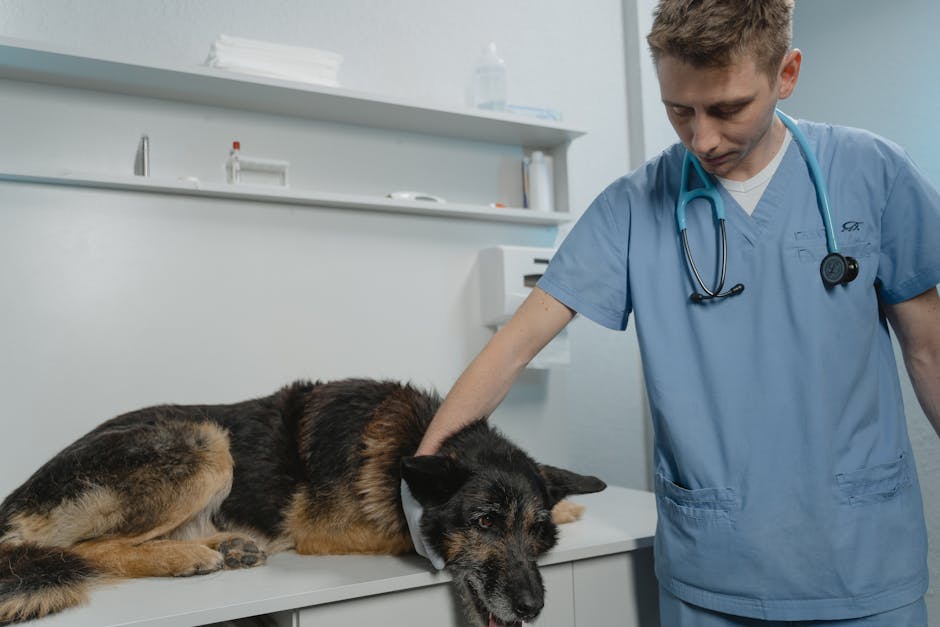
Before delving into the specifics of how to prepare your dog for a vet visit, it’s essential to understand why proper preparation is so crucial. A visit to the vet can be a source of anxiety for many dogs, as it involves leaving their familiar environment, being handled by strangers, and potentially undergoing uncomfortable procedures. By adequately preparing your dog for the visit, you can help reduce their stress levels, make the experience more comfortable, and ensure that the vet can conduct a thorough examination.
Moreover, regular vet check-ups are essential for maintaining your dog’s health and well-being. Detecting potential health issues early on can lead to more effective treatment and a higher quality of life for your pet. By preparing your dog for vet visits and making them as stress-free as possible, you are investing in their long-term health and happiness.
Creating a Positive Association
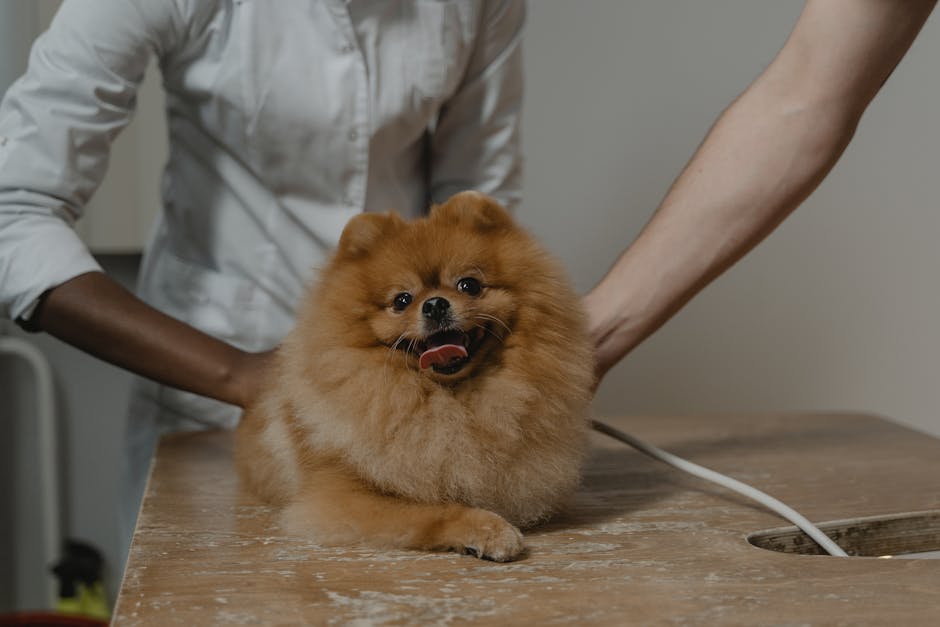
One of the key strategies for preparing your dog for a vet visit is to create a positive association with the experience. Just like with any other training, positive reinforcement can go a long way in helping your dog feel more comfortable and relaxed at the vet’s office.
Start by associating the vet visit with positive experiences at home. For example, you can practice handling your dog’s paws, ears, and mouth gently and rewarding them with treats or praise. This will help your dog become more accustomed to being touched and handled, making the vet examination less stressful.
Additionally, make sure to bring your dog to the vet for occasional “happy visits” where they can simply get acquainted with the clinic environment without undergoing any procedures. This will help desensitize your dog to the sights, sounds, and smells of the vet’s office, making future visits less intimidating.
Preparing Your Dog Mentally and Emotionally
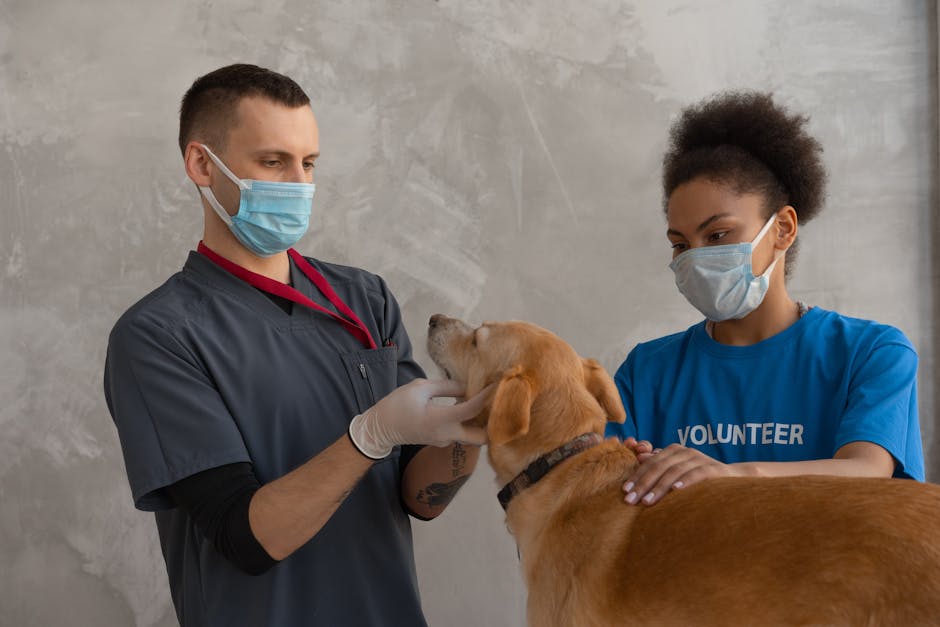
Aside from creating positive associations with the vet visit, there are several other ways you can prepare your dog mentally and emotionally for the appointment. One crucial aspect is to ensure that your dog is calm and relaxed before the visit. Avoid feeding your dog a large meal right before the appointment, as a full stomach can lead to discomfort during the examination.
On the day of the vet visit, engage your dog in calming activities such as a walk or play session to help release any pent-up energy. If your dog is particularly anxious, you can also try using calming aids such as pheromone sprays or calming treats to help them relax.
It’s also essential to remain calm and composed yourself during the vet visit. Dogs are highly attuned to their owners’ emotions, so staying relaxed can help reassure your dog and make the experience more positive for them.
Ensuring Physical Comfort
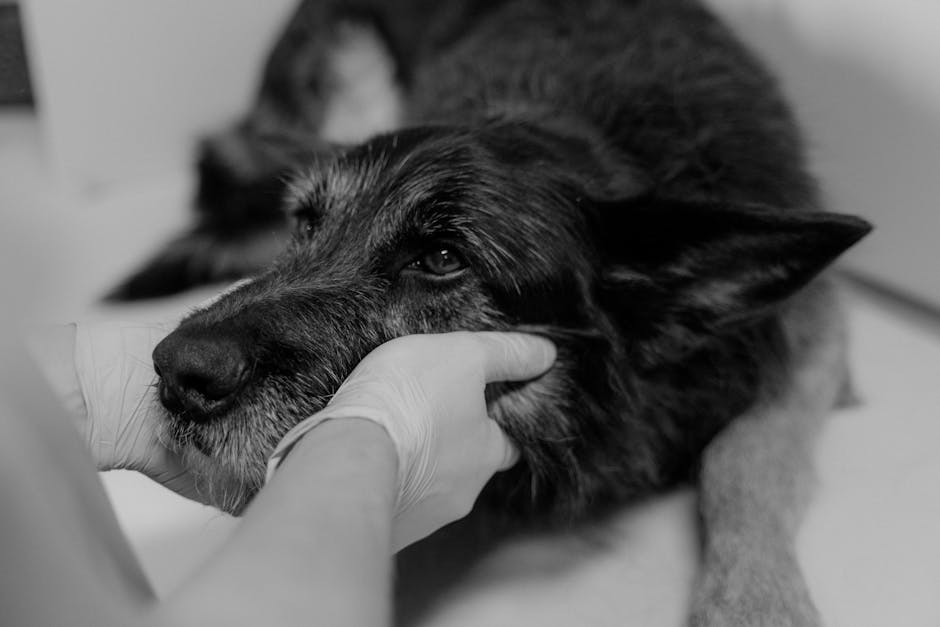
In addition to preparing your dog mentally and emotionally, ensuring their physical comfort during the vet visit is equally important. Make sure to bring along your dog’s favorite blanket or toy to provide them with a sense of familiarity and security in an unfamiliar environment.
When traveling to the vet, it’s essential to use a secure and comfortable means of transportation. Whether you’re using a carrier, a car harness, or a leash, make sure that your dog is safe and secure during the journey to prevent any accidents or injuries.
During the vet examination, it’s essential to prioritize your dog’s comfort. If your dog is particularly anxious or fearful, you can request to hold or sit with them during the examination to provide reassurance. Additionally, be sure to communicate with the vet about any specific concerns or preferences your dog may have to ensure that the experience is as comfortable as possible for them.
Preparing for Specific Procedures
Depending on the reason for the vet visit, your dog may need to undergo specific procedures or treatments. Whether it’s a vaccination, a blood draw, or a dental cleaning, there are several steps you can take to prepare your dog for these procedures and make the experience less stressful.
If your dog is due for a vaccination, consider practicing handling their limbs and exposing them to the sensation of a gentle pinch to simulate the vaccine injection. This can help desensitize your dog to the feeling of the needle, making the actual vaccination less stressful for them.
For procedures that require fasting, make sure to follow the vet’s instructions carefully and withhold food for the specified period. Providing water is usually okay, but check with your vet to confirm. Fasting your dog before certain procedures helps reduce the risk of complications and ensures the accuracy of test results.
Remember to follow any post-procedure care instructions provided by the vet carefully. Whether it’s administering medication, monitoring your dog’s activity level, or scheduling a follow-up appointment, adhering to these instructions is crucial for your dog’s recovery and overall well-being.
Common Misconceptions About Vet Visits
Despite the importance of preparing your dog for a vet visit, there are several common misconceptions that can hinder the process. One prevalent misconception is that dogs don’t need regular vet check-ups if they appear healthy. However, many health issues in dogs are subtle and may not exhibit obvious symptoms until they have progressed significantly. Regular vet visits are essential for early detection and treatment of potential health problems.
Another misconception is that it’s normal for dogs to be fearful or anxious at the vet’s office. While some level of apprehension is natural, excessive fear or stress can have a negative impact on your dog’s well-being and the quality of care they receive. By taking proactive steps to prepare your dog for vet visits, you can help reduce their anxiety and make the experience more positive for them.
Conclusion
Preparing your dog for a vet visit is a crucial aspect of responsible pet ownership. By creating positive associations, preparing your dog mentally and emotionally, ensuring their physical comfort, and preparing for specific procedures, you can help make the vet visit a positive and stress-free experience for your furry friend.
Remember that each dog is unique, and what works for one may not work for another. It’s essential to observe your dog’s behavior and preferences and adjust your approach accordingly to ensure that they feel comfortable and secure during the vet visit.
Ultimately, investing time and effort in preparing your dog for vet visits can lead to a stronger bond between you and your pet, as well as better health outcomes in the long run. By being proactive and taking steps to reduce your dog’s stress and anxiety, you can help ensure that they receive the care they need and deserve.

